Best
Overall Digital Piano
Digital Piano REALISTIC TOUCH AND EXPRESSIVE TONE
-
Overall: A Teacher's Favourite For Learning With Graded Hammer Action Keys
-
Best Feature: With A Graded Standard Hammer Keyboard And Sustain Pedal For An Authentic Playing Feel
-
TedScore™: 9/10
Best
Overall
Upright Piano
-
Overall: Attractive Design With A 48" Height And 59" Width
-
Best Feature: High-Quality Materials Used Throughout The Production Process
-
TedScore™: 10/10
Best
Beginner Digital Piano
Digital Piano UNMISTAKABLE QUALITY AND STYLE
-
Overall: OLED Display That Makes Navigation Easy
-
Best Feature: Spatial Headphone Sound Technology Enhances The Depth And Realism Of The Sound
-
TedScore™: 8.5/10
Have you ever wondered how many piano levels are there? It’s like moving up levels in a game; instead, it’s in the magical world of piano!
As a pianist, I remember the excitement of playing the piano for the first time and the happiness of moving up to the next level. It’s a musical journey that celebrates each achievement with an incredible feeling of success.
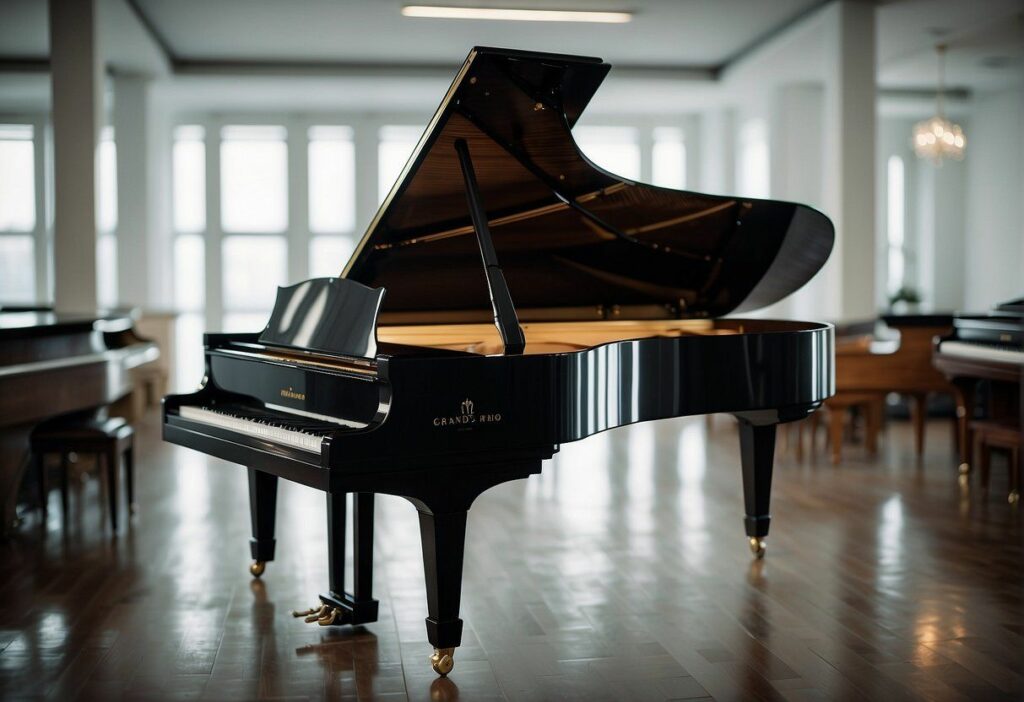
Pianists move through different graded systems, like the Associated Board of the Royal Schools of Music (ABRSM) in the UK, which has nine levels covering basic skills for beginners to advanced techniques for experienced players.
Keep reading, and I’ll show you what to expect as you progress through the piano levels, sharing the excitement of mastering the piano.
Understanding Piano Grades and Levels
Moving through the organized levels of piano playing can be a fun adventure. Let’s start this musical journey together and explore what each stage involves!
Beginner Stages

In the world of learning piano, I see the beginner stages as the start of an exciting story.
These basic piano grades, usually from preparatory to grade 3, are where the important building blocks are put in place.
I’m not just learning scales and simple tunes; this is where the very basics of musical notation and piano playing come to life.
The initial grade is especially exciting, feeling like dipping my toes into the crystal-clear waters of music. Taking my first steps with the Associated Board of the Royal Schools of Music (ABRSM) or Trinity College London certainly adds a touch of grandeur to the beginning of my musical quest.
Intermediate Stages
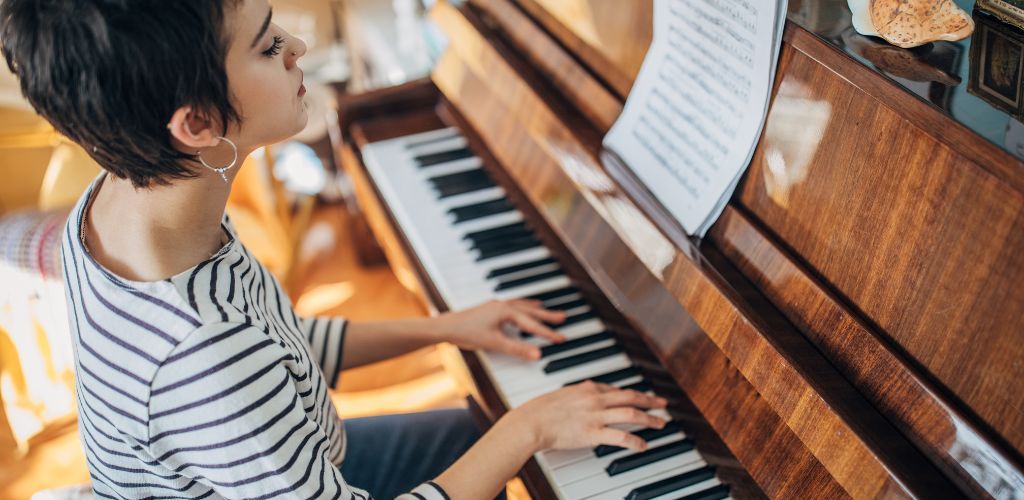
As I progress to the early intermediate stages, covering grades 4 to 6, it feels like I’m starting a new exciting chapter in my piano journey.
This stage is full of growth, and it’s like a bridge that leads me from the beginner levels to the more challenging and rewarding parts ahead.
Imagine these intermediate piano grades as my playground, where I refine my technique.
I bet it’s where I might start feeling like a true pianist, exploring a wider range of emotions and expressions through noticeably more intricate music.
Advanced Stages
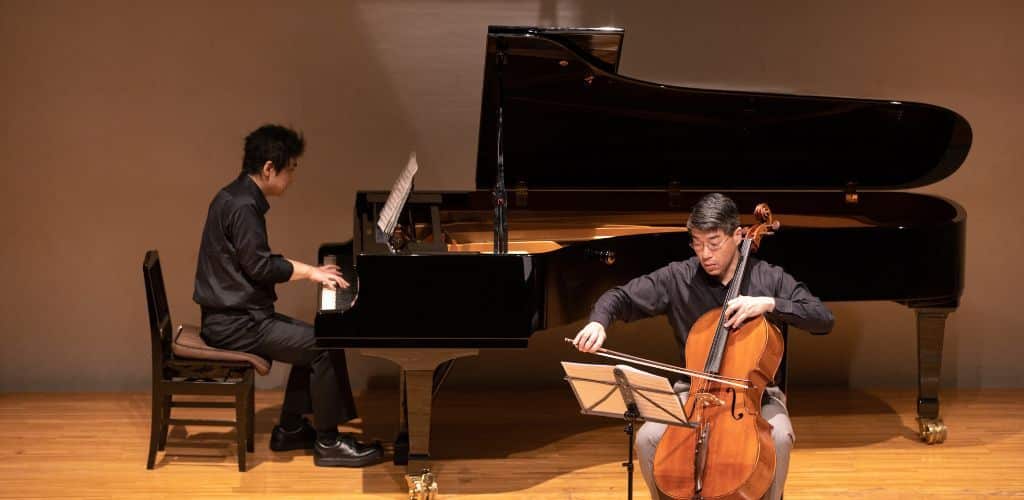
The advanced stages, from grades 7 to 8 and beyond, mark a challenging yet exciting phase in my piano journey. It’s where I encounter early advanced to late advanced pianist grades, representing the pinnacle of my piano education.
The pieces here are demanding but deeply rewarding, requiring both technical skill and emotional expression, and my journey with organizations like ABRSM or Trinity flourishes into a rich tapestry of melodies and harmonies that I can proudly call my own.
Curriculum Components of Piano Exams
Let’s take a quick look at what these piano exams involve. Whether practicing scales or studying music theory, these are the two main areas that shape my musical journey.
Practical Skills

In my experience with practical skills, I’ve found that a blend of scales, arpeggios, sight-reading, and performance pieces is key to a pianist’s technique development.
These are not just measures of my dexterity but also of the expressive tone and musical phrasing I bring to the table.
Scales and arpeggios whisk me through a whirlwind of keys, fostering my hand coordination and finger strength.
As for sight-reading, it’s like a spontaneous musical dialogue between me and the sheet music — a test of how quickly I can comprehend and deliver the notes I’ve only just met.
Theoretical Knowledge
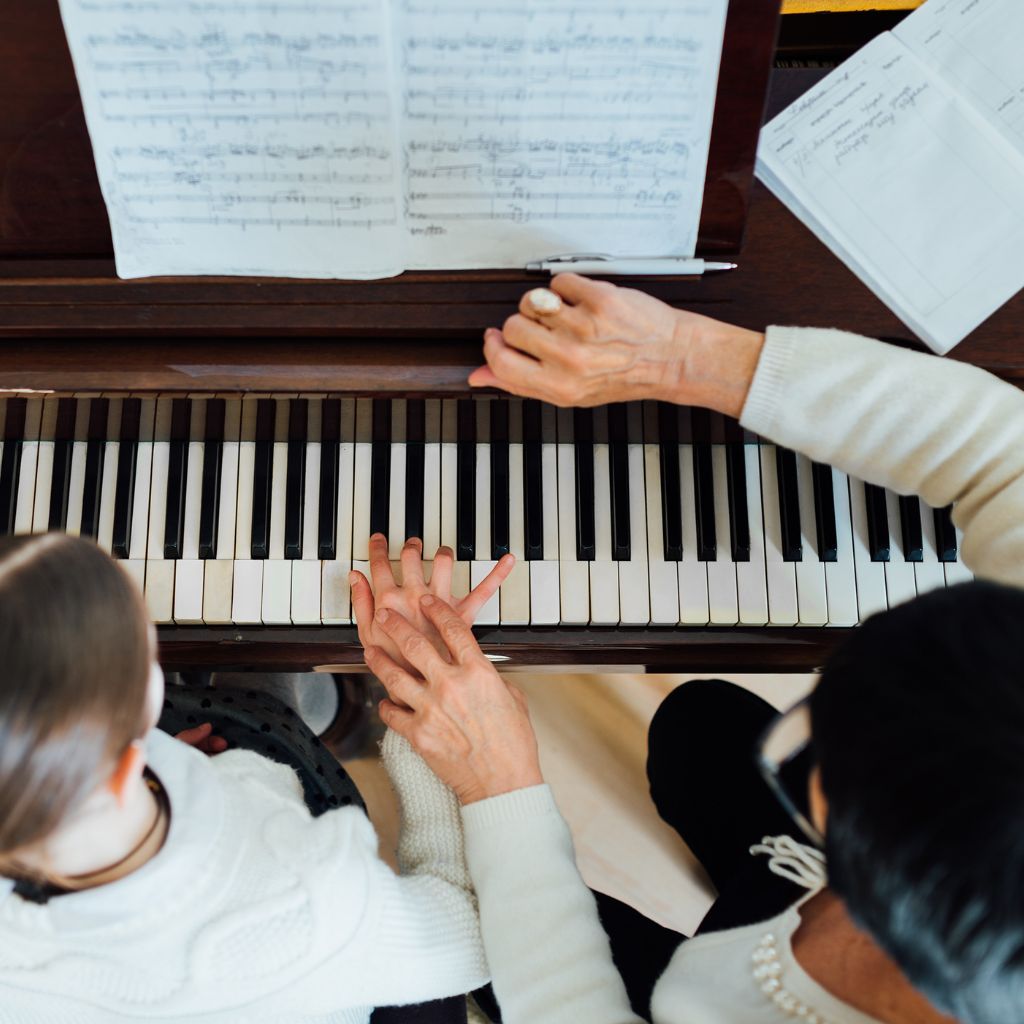
When it comes to music theory, the nuts and bolts hold my musical understanding together.
It’s fascinating how deciphering symbols and structures translates into actual sound.
The ABRSM theory exams have encouraged me to delve into the depths of musicianship, from penning miniature compositions to analyzing chord sequences.
Moreover, learning theory has refined my feedback to others and my self-critique, enriching my overall musical comprehension.
Progression Milestones in Piano Education
As a pianist, I’m thrilled to share the major milestones in piano education. These achievements keep us excited and striving for subsequent success.
Passing Piano Exams
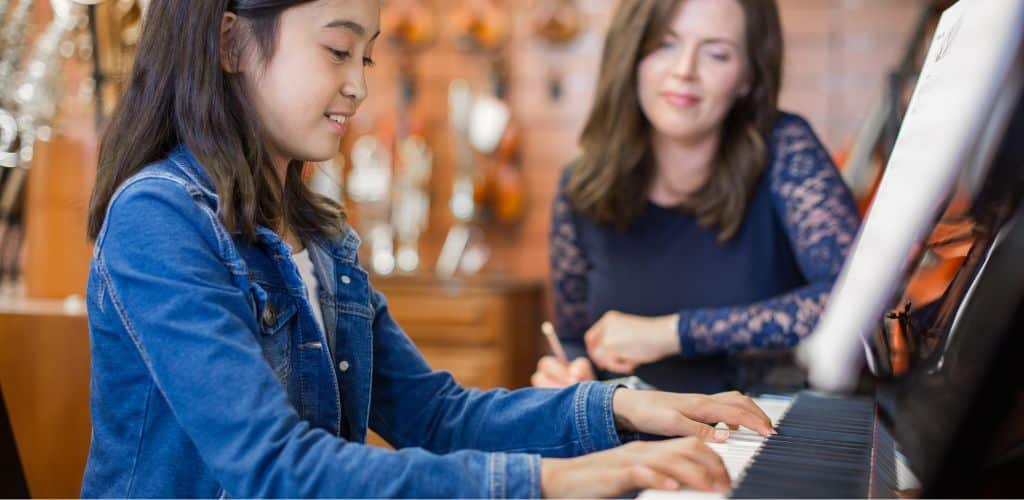
When I first sat for a piano exam, the butterflies in my tummy were playing their symphony. But the feeling of passing with merit or distinction was simply unbeatable.
These gradings, from pass to pass with merit and the coveted pass with distinction, are like badges of honor on my musical journey. They’re not just tests but crystal-clear signs that I’m hitting the right notes in skill progression.
Receiving Feedback and Improving

The feedback from an exam is like a treasure map to becoming a better musician.
It’s not just about praising myself; it shows me where I can improve, helps me learn from constructive criticism, and guides my practice to get better.
Such feedback helps me set realistic goals, improve my skills, and enhance my piano playing.
Choosing Repertoire and Building Musicality
In my journey as a pianist, selecting the right repertoire and cultivating musicality have been essential. I’ve found that the interplay between genres and artistic interpretation truly brings music to life.
Exploring Genres

When I pick my pieces, I think of my repertoire as a colorful tapestry rich with various genres. Whether it’s the structured beauty of classical, the soul-stirring rhythms of jazz, or the familiar melodies of pop, each genre offers unique challenges and skills.
Classical repertoire often demands precision and a mastery of techniques like trills and articulation. Jazz, by contrast, offers me a playground for improvisation and syncopation.
Tapping into pop music, I bridge the gap between seminal works and the tunes humming on everyone’s lips.
Advancing to Classical

Classical piano encompasses nearly all music written for the piano, making it a fundamental study area for music students.
It involves learning to play piano pieces from various historical periods, mastering more complex rhythms, and developing a deep understanding of musical expression.
While some classical pianists are self-taught, many benefit from formal instruction to fully grasp the intricacies of this genre and refine their technique.
Top Piano Brand Guide
Yamaha U1 Upright Piano

The Yamaha U1 Upright Piano features a solid spruce soundboard and advanced action mechanism, delivering a rich, resonant tone with exceptional clarity and responsiveness.
Its robust construction and consistent performance make it a top choice for both students and professional pianists seeking a reliable and high-quality instrument for practice and performance.
Yamaha U1 Upright Piano
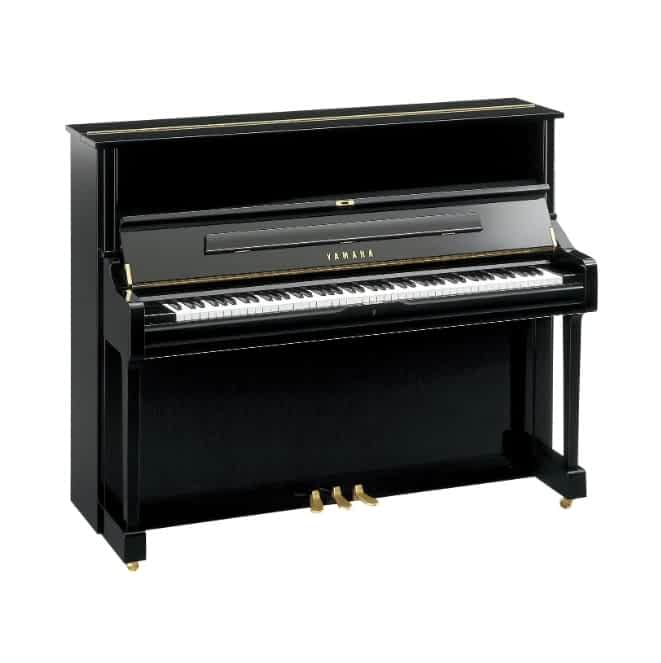
PERFECT FOR: beginners to professional pianists
FEATURES: Attractive design with a 48" height and 59" width
OTHER INFO: High-quality materials used throughout the production process
Yamaha U1 Upright Piano
- Light play action is designed to prevent hand fatigue and encourage practice time
- Offers a nice tonal balance across the entire keyboard, with all 88 notes complementing each other
- Provides amazing sound quality that continues throughout the years of proper maintenance and care
- Affordably priced within its class and offers great resale value
- Designed for studio-type spaces - may not fill larger rooms with sound as well as the larger U3 upright piano
When you click ‘Check Price’, you’ll see there are loads of great places to buy this item. Our personal favorite is Sweetwater for the US, and Thomann and Gear4Music for the UK & Europe.
They are the largest music retailers, with excellent customer service, competitive prices, really fast shipping, and the longest guarantees.
The professional musician who wrote this article combined many things,
from the product build, manufacturer’s reputation through to feedback
from other users, to create our famous TedScore™.
Kawai CN21 Digital Piano

The Kawai CN21 Digital Piano features the Advanced Hammer Action IV-F keyboard and Harmonic Imaging sound technology, providing a highly realistic and expressive piano playing experience.
Its built-in lesson functions, dual headphone jacks, and high-quality speaker system make it an excellent choice for both beginners and experienced players seeking versatility and superior sound quality.
Kawai CN21 Digital Piano
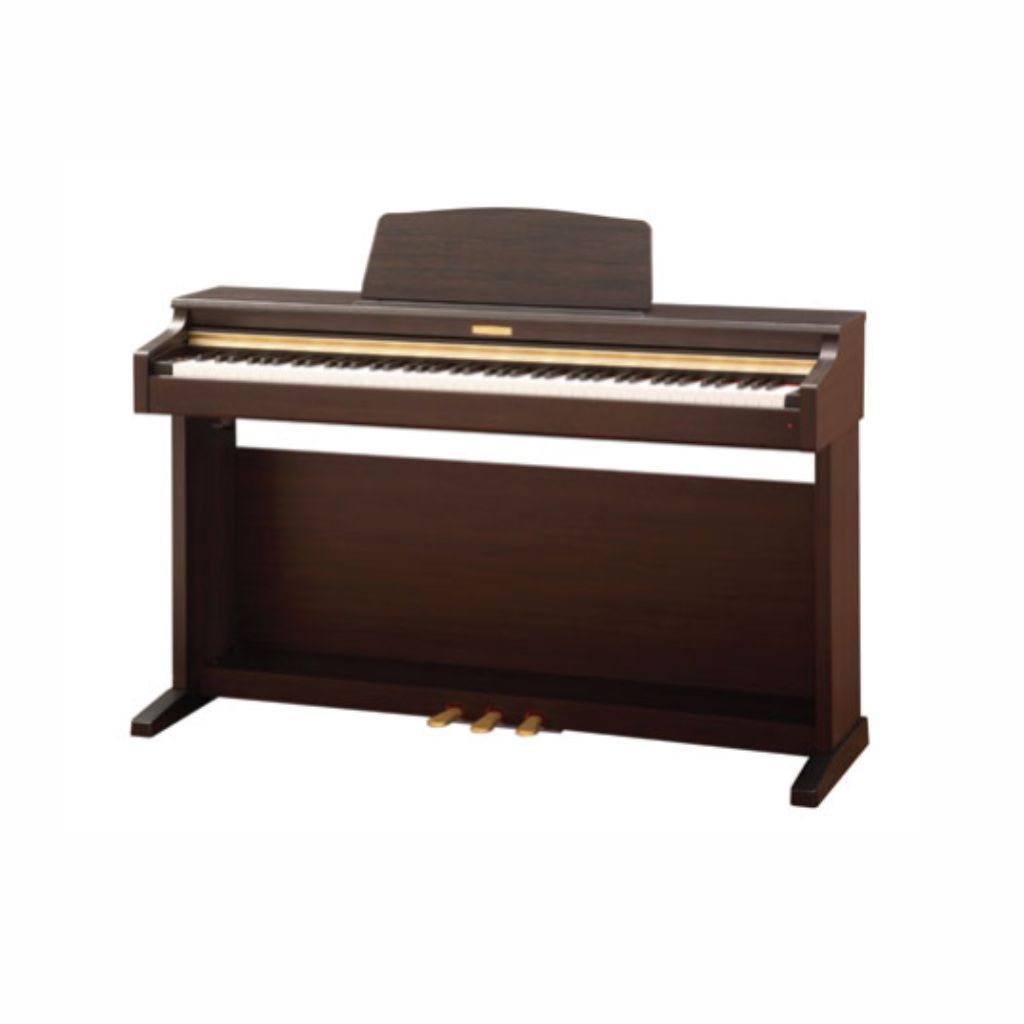
FEATURES: OLED Display That Makes Navigation Easy
OTHER INFO: Spatial Headphone Sound Technology Enhances The Depth And Realism Of The Sound
- Includes Kawai's lesson function to learn classic piano pieces
- Adjust the instrument's parameters with the Virtual Technician app
- Creates rich and expressive sounds like the SK-EX and EX concert grand pianos
- With Superior Headphone Sound technology to enhance playing experience
- Advanced mode requires an iPad to access
When you click ‘Check Price’, you’ll see there are loads of great places to buy this item. Our personal favorite is Sweetwater for the US, and Thomann and Gear4Music for the UK & Europe.
They are the largest music retailers, with excellent customer service, competitive prices, really fast shipping, and the longest guarantees.
The professional musician who wrote this article combined many things,
from the product build, manufacturer’s reputation through to feedback
from other users, to create our famous TedScore™.
Yamaha P45 Digital Piano
The Yamaha P45 Digital Piano features the Graded Hammer Standard (GHS) keyboard, offering a realistic acoustic piano feel, and Advanced Wave Memory (AWM) sampling for rich, authentic sound.
Its compact, lightweight design and user-friendly interface make it an ideal choice for beginners and those needing a portable, high-quality digital piano.
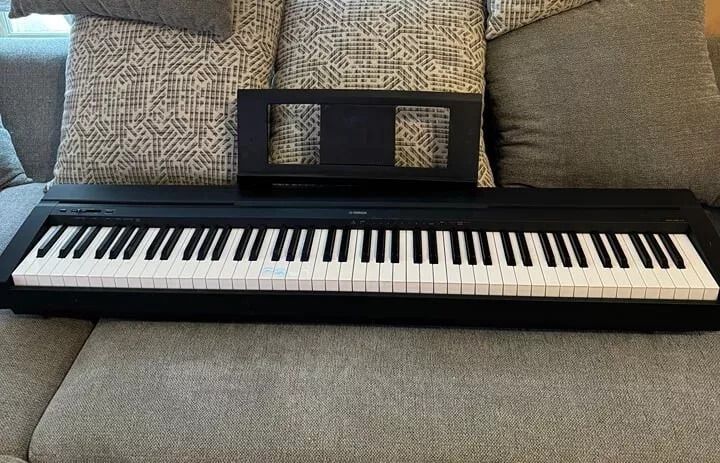
Yamaha P45 Digital Piano

PERFECT FOR: New musicians
FEATURES: A teacher's favourite for learning with graded hammer action keys
OTHER INFO: With a graded standard hammer keyboard and sustain pedal for an authentic playing feel
Yamaha P45 Digital Piano
- Legendary Yamaha quality
- Includes three months of Flowkey Premium
- You'll need to purchase a stand and bench separately, which can add to the overall cost
When you click ‘Check Price’, you’ll see there are loads of great places to buy this item. Our personal favorite is Sweetwater for the US, and Thomann and Gear4Music for the UK & Europe.
They are the largest music retailers, with excellent customer service, competitive prices, really fast shipping, and the longest guarantees.
The professional musician who wrote this article combined many things,
from the product build, manufacturer’s reputation through to feedback
from other users, to create our famous TedScore™.
How many piano levels are there:
The Summary
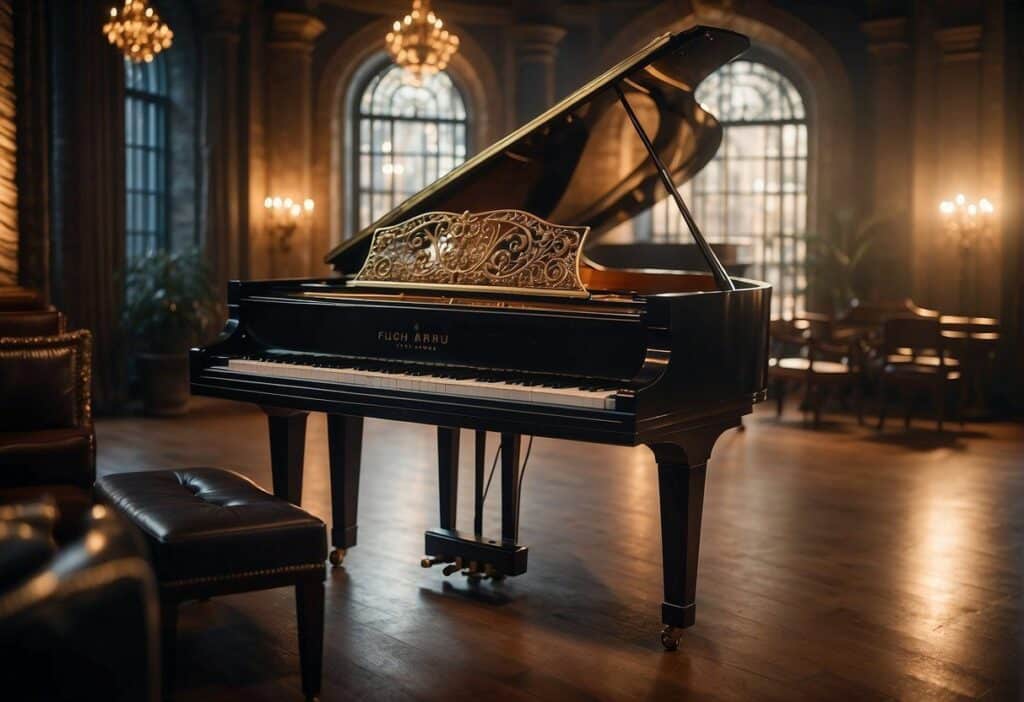
Understanding the different levels of piano grades can be empowering. Most piano examining systems, like the ABRSM, have eight grades, with a preparatory level sometimes considered the unofficial “Grade 0”.
Each grade builds upon the previous one, like chapters in a book. Grades one to three are the foundation, grades four to six focus on refining techniques, and grades seven and eight are where complexity meets creativity.
It’s not a race or a competition but a tailor-made journey for each individual in music.
So, let’s play with purpose, whether for fun or formal assessment, as every note counts in our musical story.
But wait, there’s still more…
Explore these 14 accessories for piano to enhance your playing experience in this comprehensive guide.
FAQ's
The highest level of piano playing is often considered an advanced diploma offered by various music examination boards and institutions, such as the Associate, Licentiate, and Fellowship diplomas. These diplomas represent the pinnacle of achievement in piano performance and musicianship.
Most piano examination systems, such as the ABRSM, offer eight graded levels, each representing a progressive stage of musical development and technical proficiency. There are also advanced diploma levels for those pursuing professional qualifications in piano performance and musicianship.
Traditional piano examination systems typically offer eight graded levels, with the highest being Grade 8. Beyond these levels, advanced diploma qualifications are available for those pursuing further piano performance and musicianship expertise.
Traditional piano examination systems generally include eight graded levels, each representing a progressive stage of musical development and technical proficiency.
Determining your piano skill level involves assessing your proficiency in techniques, sight-reading, musicality, and repertoire. You can gauge your level based on your ability to play pieces from different difficulty levels, your familiarity with music theory concepts, and your overall comfort and confidence while playing the piano.










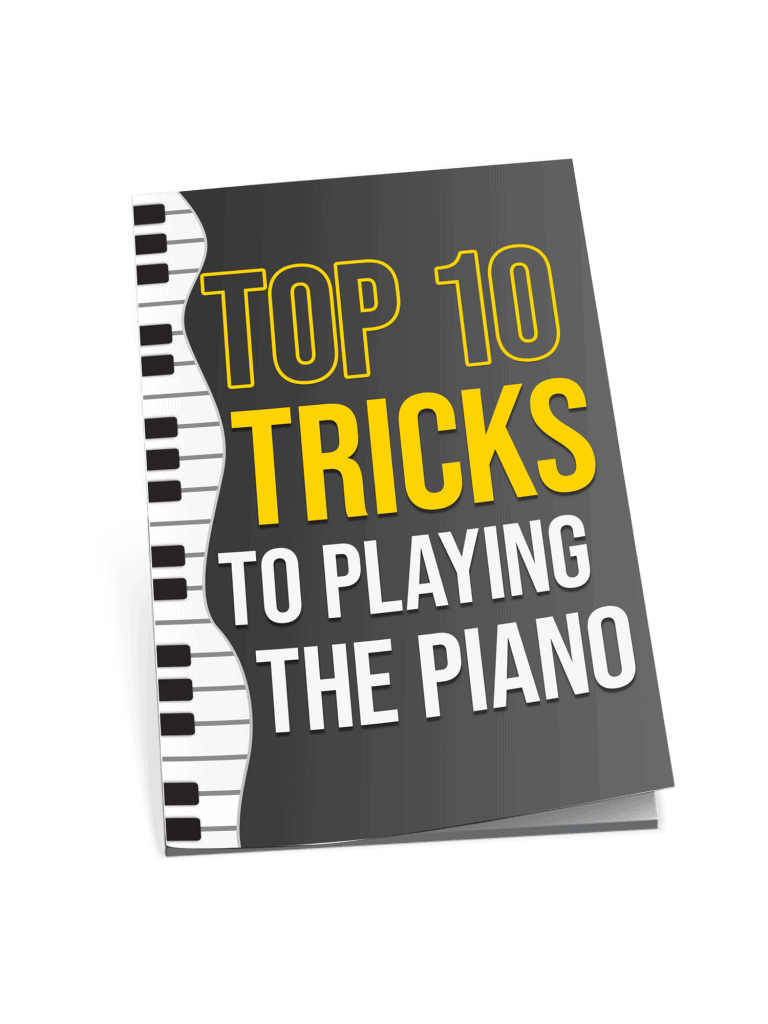
I found the section on Choosing Repertoire and Building Musicality particularly resonant. As a piano teacher, I’ve always believed that exposing students to a wide range of genres not only cultivates their musical taste but also accelerates their learning curve. It’s refreshing to see an article that encourages genre exploration before diving deep into classical music, which can often be seen as the pinnacle of musical achievement. Moreover, understanding the nuances of each genre can significantly enhance a student’s interpretative capabilities and technical mastery. Great insight, Dawn Hardwick.
Gotta say the Yamaha P45 is a solid choice for beginners. Lightweight, good sound quality, and doesn’t break the bank. Anyone else got other models they like?
I’d recommend the Kawai ES110. Similar price range but the key action feels more realistic.
exploring genres is key to keeping music exciting. jazz and blues all the way for me. classical’s cool too, but in doses.
hey Dawn Hardwick, was reading about the piano grades and got a bit curious, how do you know when you’re ready to move from beginner to intermediate? does it depend on the number of pieces you can play or is it more about how well you play them? also, does learning the theoretical part speed up the process? thanks!